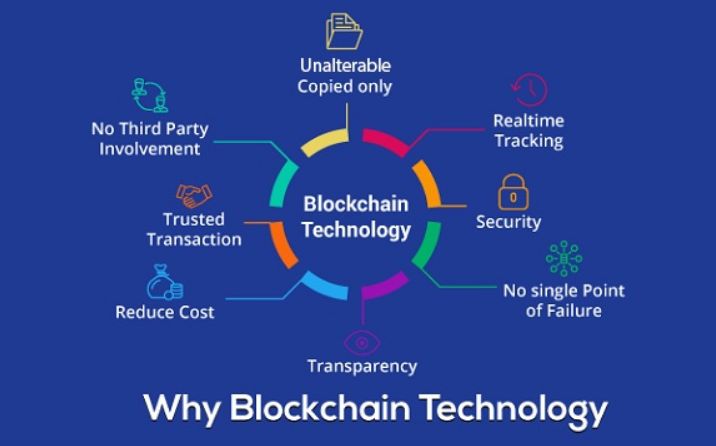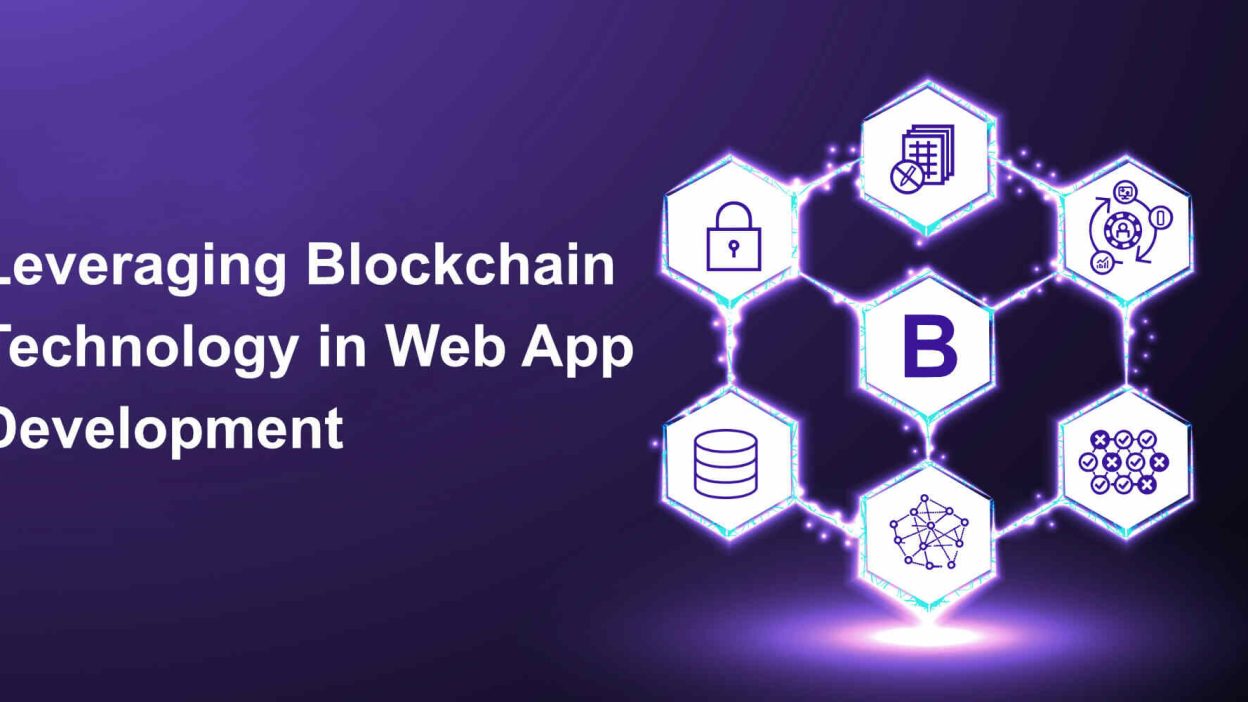Introduction
Blockchain technology, once synonymous with cryptocurrency, has evolved into a powerful tool with applications far beyond digital currencies. As web development continues to embrace decentralization, transparency, and security, blockchain is becoming a cornerstone of modern digital infrastructure. This blog explores how blockchain is transforming web development, highlighting real-world use cases, benefits, challenges, and future trends. Let’s See Blockchain in Web Development.
What is Blockchain Technology?
At its core, blockchain is a distributed ledger that records transactions across multiple computers in a way that ensures data integrity and security. Each block contains a set of transactions, and once added to the chain, it cannot be altered retroactively.
Key Features:
- Decentralization
- Immutability
- Transparency
- Security
Why Blockchain in Web Development?
Traditional web applications rely on centralized servers, which are vulnerable to data breaches, downtime, and manipulation. Blockchain introduces a trustless environment where users can interact securely without intermediaries.
Benefits:
- Enhanced Security
- Data Integrity
- Decentralized Hosting
- Smart Contracts for Automation
- Improved User Privacy

Use Cases of Blockchain in Web Development (Beyond Cryptocurrency)
1. Decentralized Identity Management
Blockchain enables users to control their digital identities without relying on centralized authorities.
Example:
- Self-Sovereign Identity (SSI) platforms like uPort and Civic allow users to manage their credentials securely.
Benefits:
- Reduces identity theft
- Enhances user privacy
- Simplifies authentication
2. Smart Contracts for Web Applications
Smart contracts are self-executing contracts with the terms directly written into code. They automate processes and reduce the need for intermediaries.
Example:
- Freelance platforms using smart contracts to automate payments upon task completion.
Benefits:
- Reduces fraud
- Ensures transparency
- Speeds up transactions
3. Decentralized Web Hosting
Blockchain-based hosting platforms distribute website data across a network of nodes, reducing reliance on centralized servers.
Example:
- IPFS (InterPlanetary File System) and Filecoin offer decentralized storage solutions.
Benefits:
- Resistant to censorship
- Improved uptime
- Lower hosting costs
4. Supply Chain Transparency
Web applications integrated with blockchain can track products from origin to delivery, ensuring authenticity and ethical sourcing.
Example:
- IBM Food Trust uses blockchain to trace food products across the supply chain.
Benefits:
- Builds consumer trust
- Reduces fraud
- Enhances accountability

5. Voting Systems
Blockchain-based voting platforms ensure secure, transparent, and tamper-proof elections.
Example:
- Voatz and Follow My Vote use blockchain for secure digital voting.
Benefits:
- Prevents vote manipulation
- Increases voter turnout
- Ensures transparency
6. Content Ownership and Monetization
Blockchain allows creators to own and monetize their content directly, bypassing traditional platforms.
Example:
- Mirror.xyz and Audius empower writers and musicians to earn via tokens.
Benefits:
- Fair revenue distribution
- Proof of ownership
- Reduced platform fees
7. Decentralized Finance (DeFi) Interfaces
Web apps can integrate with DeFi protocols to offer financial services like lending, borrowing, and trading without banks.
Example:
- Uniswap, Compound, and Aave provide DeFi services via web interfaces.
Benefits:
- Financial inclusion
- Lower fees
- Transparent transactions
8. Healthcare Data Management
Blockchain ensures secure sharing of medical records between patients and providers.
Example:
- MedRec and Patientory use blockchain for health data management.
Benefits:
- Data privacy
- Interoperability
- Patient control
9. Gaming and NFTs
Blockchain enables ownership of in-game assets and NFTs, creating new revenue models for developers and players.
Example:
- Axie Infinity and Decentraland use blockchain for asset ownership.
Benefits:
- True digital ownership
- Cross-platform asset use
- Monetization opportunities
10. Audit Trails and Compliance
Blockchain provides immutable logs for compliance and auditing in sectors like finance, law, and manufacturing.
Example:
- Chainalysis and OpenZeppelin Defender help track and audit blockchain activity.
Benefits:
- Simplifies audits
- Ensures regulatory compliance
- Reduces fraud
10. Audit Trails and Compliance
Blockchain provides immutable logs for compliance and auditing in sectors like finance, law, and manufacturing.
Example:
- Chainalysis and OpenZeppelin Defender help track and audit blockchain activity.
Benefits:
- Simplifies audits
- Ensures regulatory compliance
- Reduces fraud

Tools & Frameworks for Blockchain Web Development
- Web3.js / Ethers.js – JavaScript libraries for Ethereum
- Truffle / Hardhat – Smart contract development
- MetaMask – Browser wallet integration
- IPFS / Arweave – Decentralized storage
- Chainlink – Decentralized oracles
Future Trends
1. Web3 Adoption
- More websites will integrate blockchain for authentication, payments, and data storage.
2. Cross-Chain Interoperability
- Seamless interaction between different blockchains.
3. AI + Blockchain
- Combining AI with blockchain for smarter, secure applications.
4. Green Blockchain Solutions
- Eco-friendly consensus mechanisms like Proof of Stake (PoS).
Conclusion
Blockchain is revolutionizing web development by introducing decentralization, transparency, and security. From identity management to content monetization, its applications are vast and growing. As the technology matures, developers and businesses must embrace blockchain not just as a tool for cryptocurrency, but as a foundation for the next generation of the internet.





